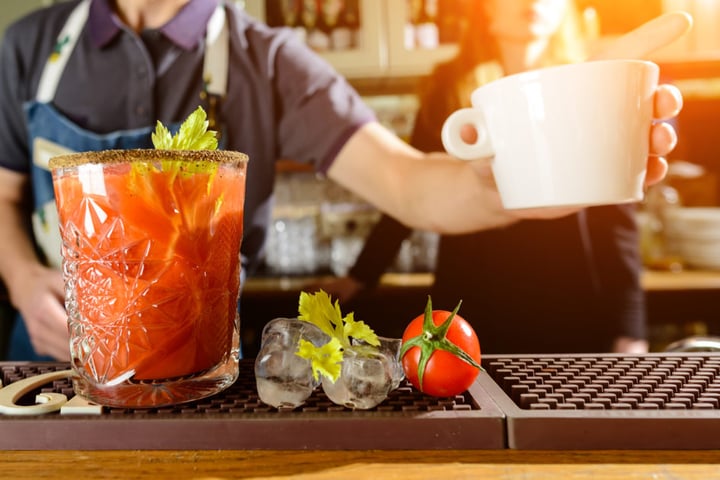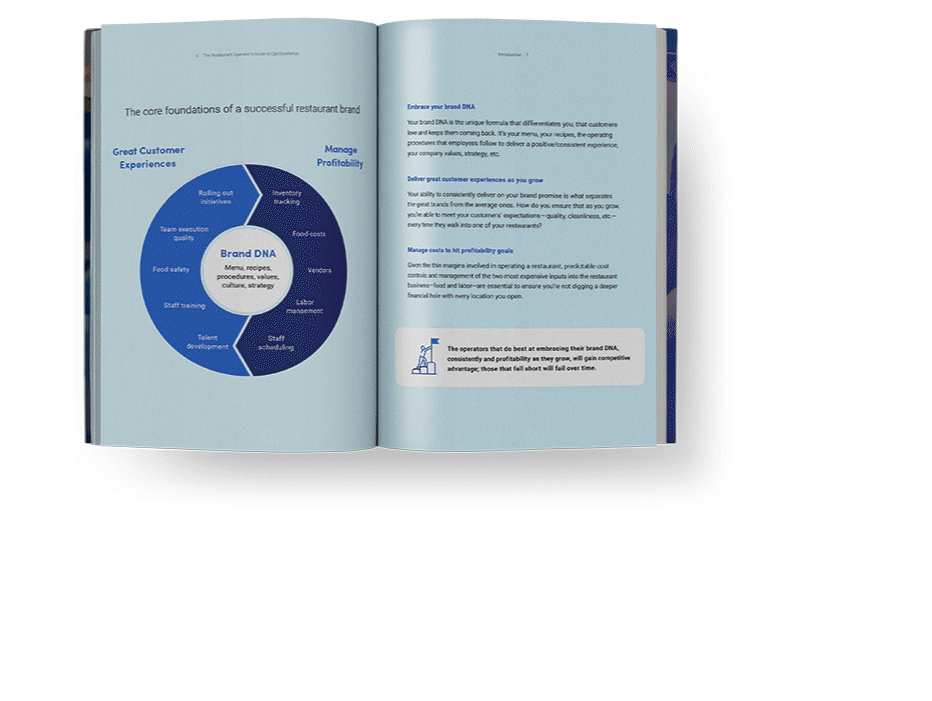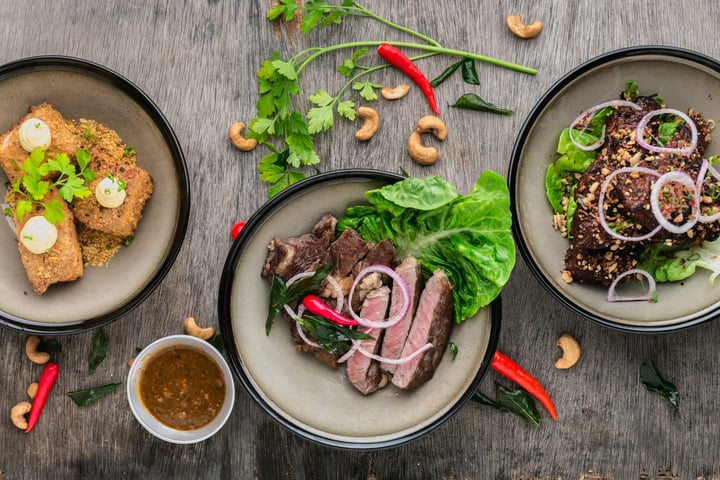
- Home
- Crunchtime Blog
- 4 Steps to Control Restaurant Food Costs with Better Inventory Management
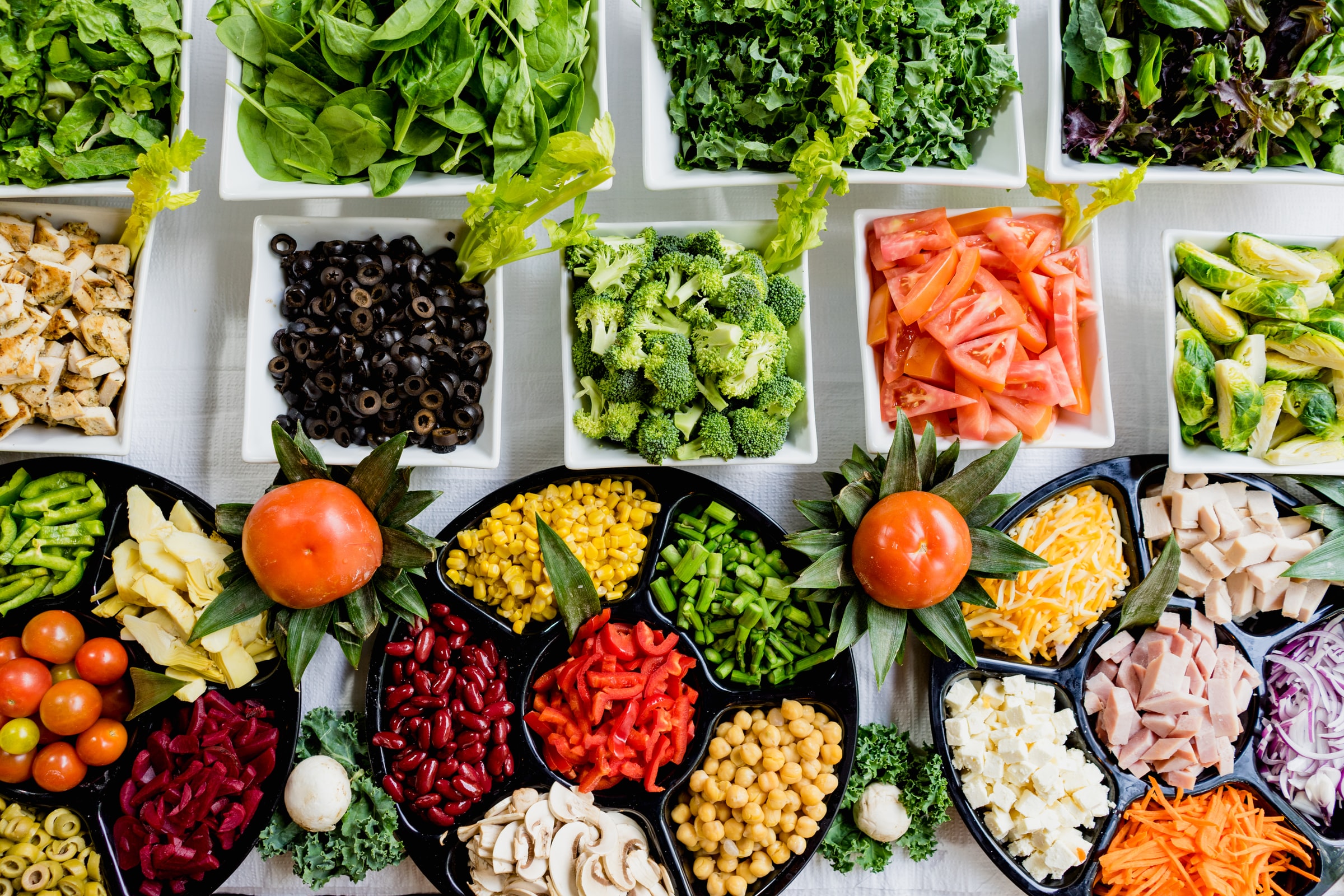
4 Steps to Control Restaurant Food Costs with Better Inventory Management
As food prices soar, it's more important than ever to find ways to reduce costs.
Restaurant operators know this — they live it every day. The ongoing challenge of food costs forces them to look for innovative ways to control spending while increasing profits. But it can be difficult to find the true source of the problem:
- Are employees over-portioning food?
- Are vendors delivering the right product at the right price?
- Are there non-profitable items that can be removed from the menu?
Smart inventory management provides the answers to these questions by tracking food costs, waste, your P&L, and ultimately keeping customers happy while protecting profits. Here are four steps that leading restaurant brands follow to optimize inventory management to hit profitability goals:
1) Always know what inventory is on hand
Tracking inventory has traditionally been done using pen and paper and is difficult to get right, with restaurant managers having to continuously reference sheets of paper as they manually enter inventory into a computer. Slow, monotonous, error-prone work.
More restaurants today are using digital tools to improve inventory tracking. Now, with digital apps, all team members — including managers, kitchen staff, bartenders, and more, can simultaneously count inventory from dry storage, the walk-in, and the bar. Managers can also view product usage data to keep an eye on stock levels, with the assurance that data is accurate and ultimately spend less time counting and more time providing exceptional service to customers.
2) Prep the exact amount of product (instead of too little or too much)
How much food should teams prep each day? If you prep too little, you miss out on sales; too much, and you’re eating away at your profits.
Communication between wait staff, employees in the kitchen, and management is key. Through an integration with your POS system, you can track and regularly document which items are more popular, which helps operators adjust their offerings and increase profits. With the right inventory management solution, restaurants can use historical sales and forecasts to determine how much to buy/prep each day to help control costs and maximize sales.
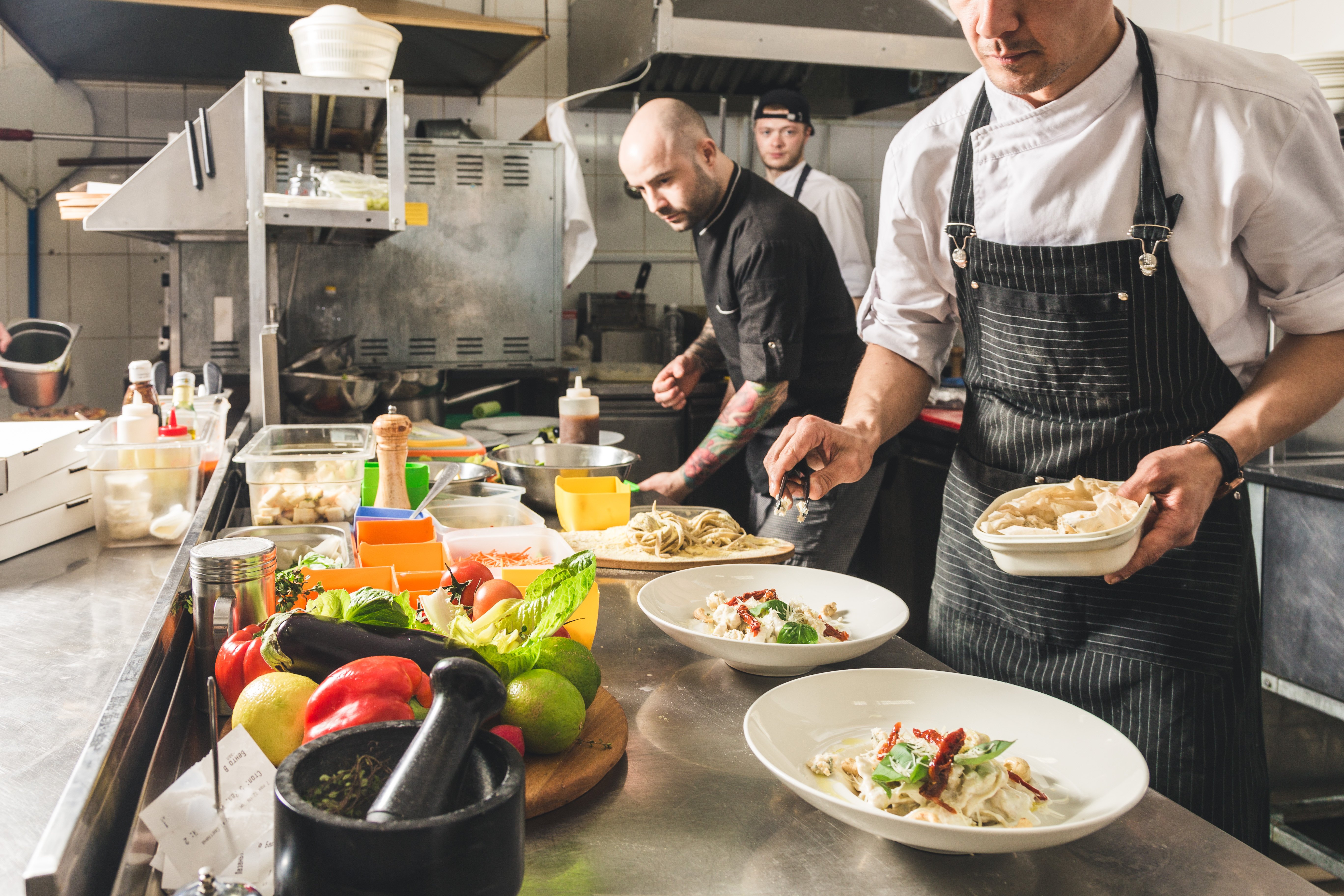
3) Close the gap between your actual vs. theoretical food costs
The typical range for food costs in a restaurant is between 28% and 25% (“Common Food & Labor Costs Percentages,” 2019, Chron). Actual food cost is the total cost of all the food used to produce the meals sold during the week after you’ve accounted for any breakage, shrinkage, or waste. Theoretical food cost is determined by reviewing the recipes from the meals sold and calculating how much food (and cost) should have been used to produce them. The difference between the two is the actual vs. theoretical (AvT) variance.
Many restaurants don’t have a great way to know if there even is a problem with their actual food costs. Even small changes to your actual vs. theoretical cost variance can result in major changes in your business.
The surest way to drive profit dollars to the bottom line is to identify the biggest “profit leaks” in an operation. For example, with the right inventory management tool, you may discover that items like cheese, lettuce, or tomatoes represent the greatest dollar variance from your theoretical product cost. Further investigation could show whether it’s a store-specific issue or one that exists company-wide, and help you decide the best course of action.
4) Smarter ordering (and better costs) with suppliers
Do your suppliers always give you the products you expect (vs. substitutes) at the prices you expect to pay? With the right tools, it’s easy to spot if you’re being charged more for certain products – and gives you the opportunity to address this with your suppliers.
Most restaurant operators have been in a scenario where they’ve either forgotten to submit an order on time or had to rush to come up with the quantities needed. With today’s inventory management tools, restaurants can rely on a system to suggest order quantities based on historical and forecasted sales – and can even have the system auto-order if an order hasn’t been placed by a specified cut-off time.
In the restaurant industry, the technology landscape has expanded rapidly over the past decade to help improve operations, inventory, customer experience, and more. Automation raises productivity by saving time, yielding more accurate inventory control, and eliminating human error. As a result, employees are relieved from mundane tasks, allowing them to actively engage in relationship-building roles with customers.
Check out The Restaurant Operators Guide to Ops Excellence to learn more.
Share this post
Related

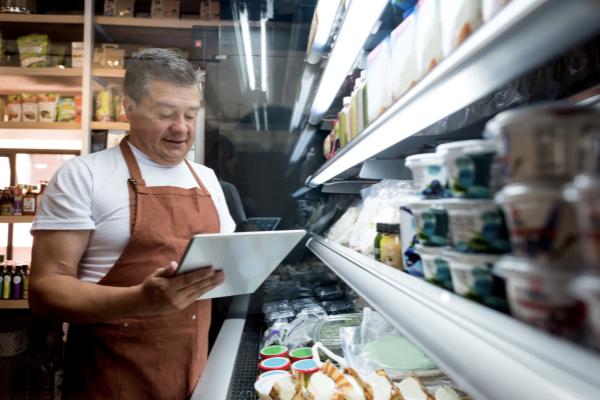
10 Tips to Reduce Food Costs and Close the Food Cost Variance Gap
